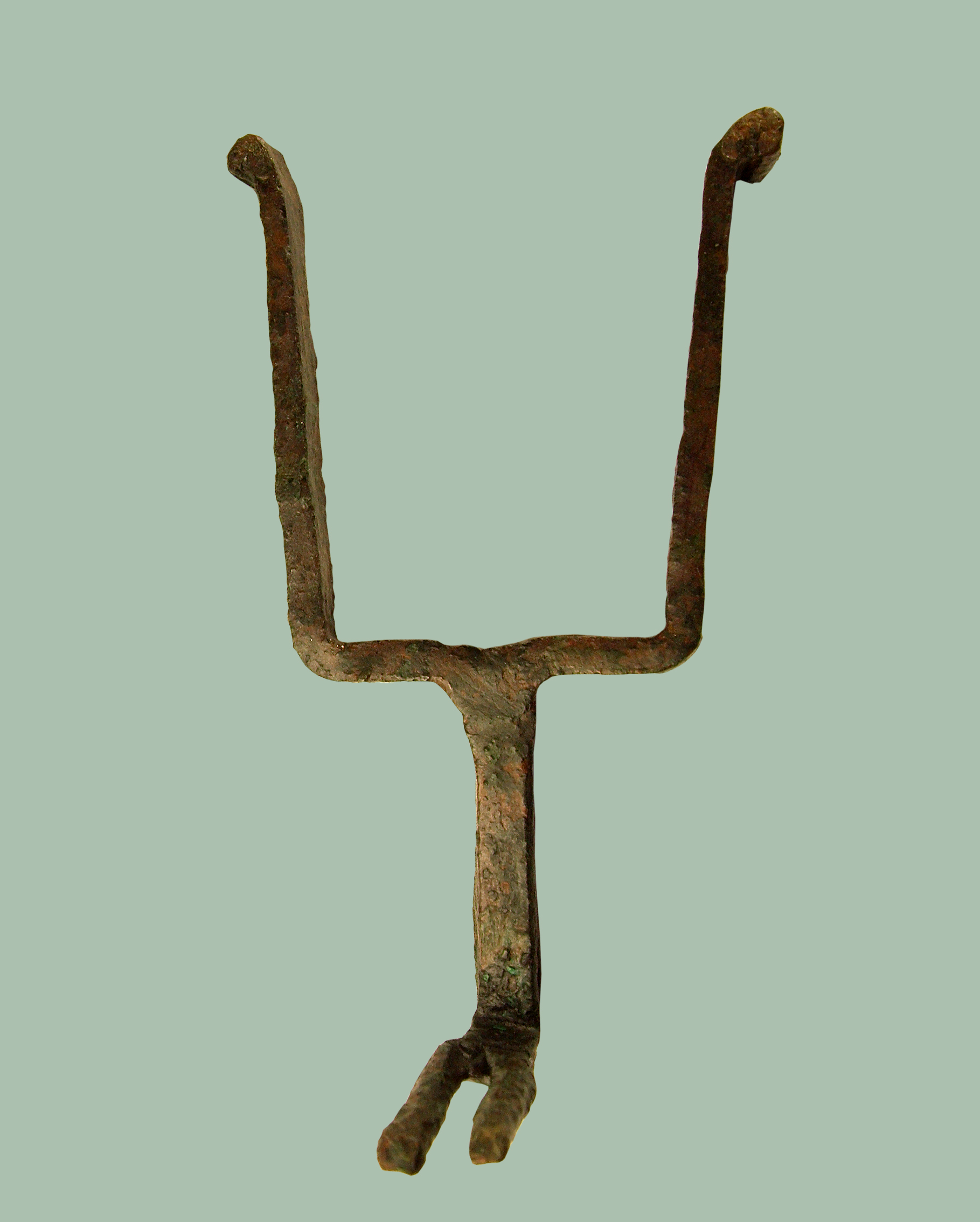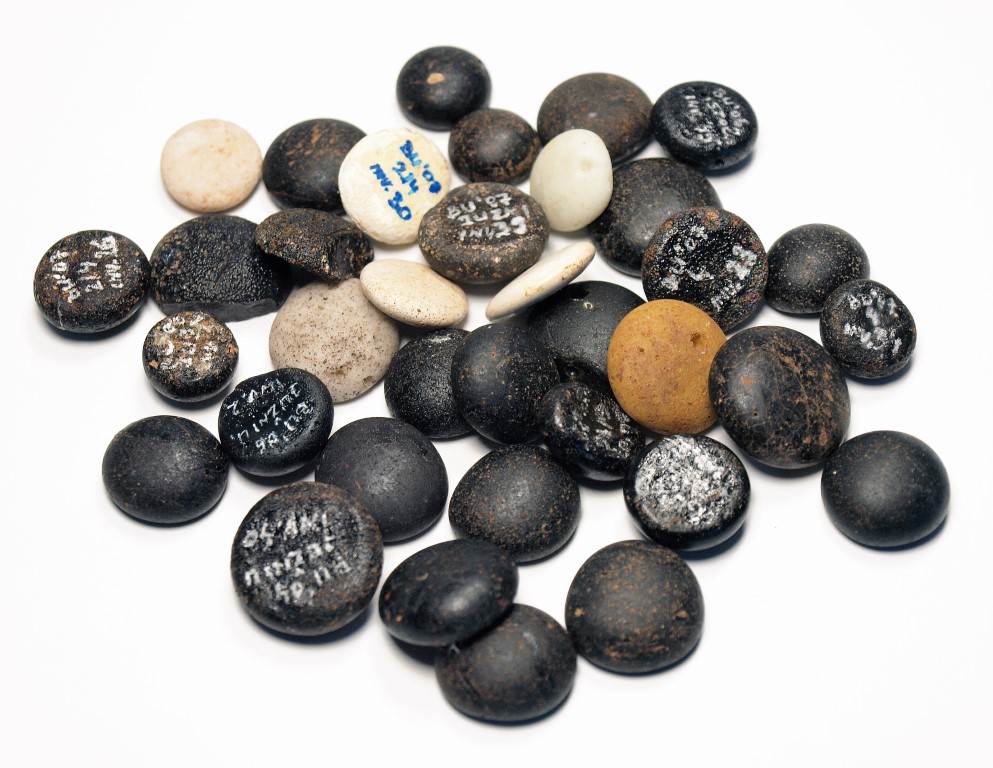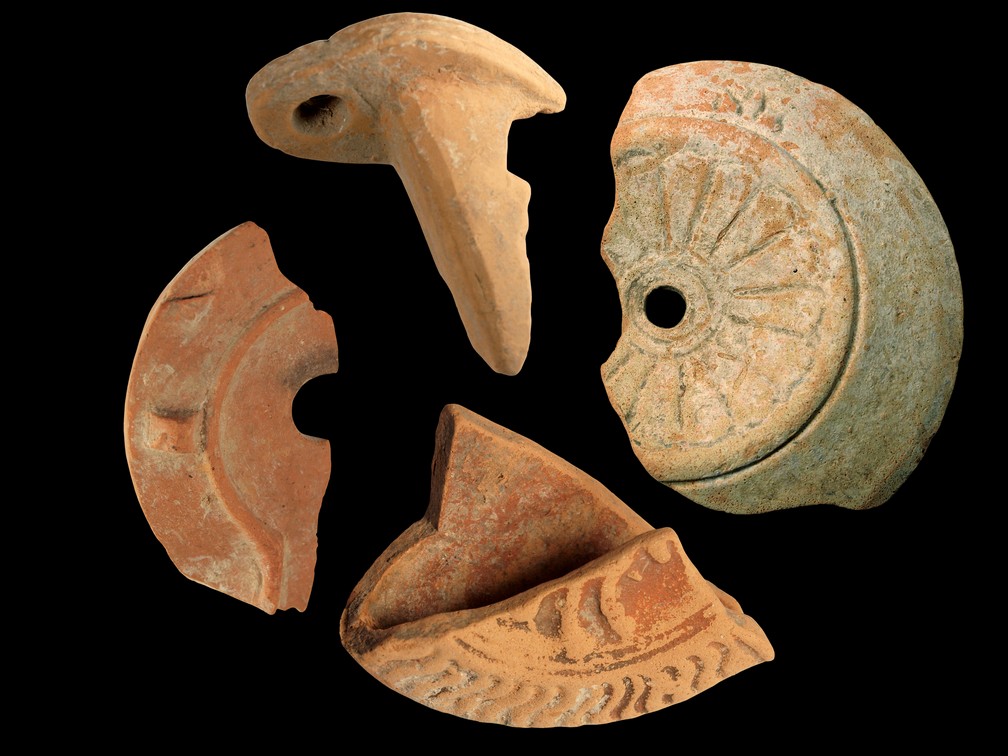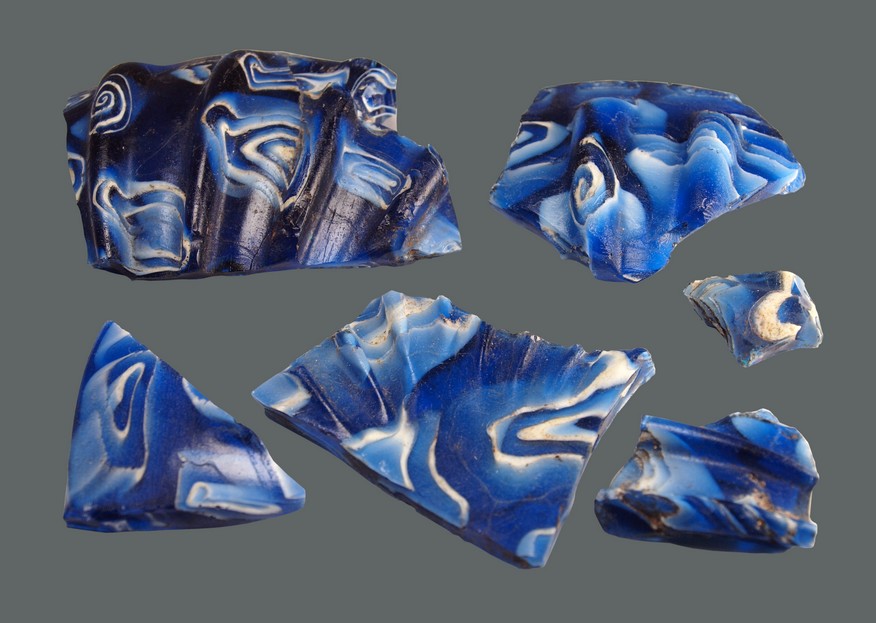Roman military equipment at Burnum
The Roman military was an institution with a very clear political goal and command structure. The political goal was to maintain the empire that had already encompassed most of Europe, northern Africa and Asia Minor, and to implement romanisation, creating the conditions for the integration of territories and peoples into a single system under the Roman Empire.
They carefully studied their opponents, especially their warfare tactics and the weapons they used, and assumed all those tactics and weapons that could advance their war skills. For example, the catapult, assault tower, cavalry and cataphract (heavily armoured cavalry) and others were taken from the warfare of others. The Roman military had the longest ever continuous existence; despite the fall of the Western Roman Empire in 476, the Eastern Roman Empire or Byzantine Empire continued to exist until the mid-15th century, preserving many of the Roman military institutions deep into the medieval period.
Initially, the Roman military was an armed group in the formation of a civil militia that was recruited amongst the wealthier citizens. The militia used organisation in the phalanx formation, similar to that of the Greek soldiers. Over time, the phalanx formation proved to be inefficient in open spaces. Every soldier was required to secure and maintain his own equipment. Early on, the Romans used weapons modelled after those of the Greeks and Etruscans.
Numerous reforms were conducted during the 6th century BC during the rule of Servius Tullius (578–535 BC), and they also affected the military formations. Citizens were divided into classes based on their wealth, and every class was then required to secure their own military equipment.
The Roman soldiers or hoplites (named after the round shield called a hoplon) were heavily armed cavalrymen equipped with a shield 90 cm in diameter, bronze helmet to protect the head, and protective leg greaves and a bronze or stiff cloth breastplate. The basic weapon was a 2.5 m long spear that was used in direct combat, and a short dagger.
Legions first appeared as complex military formations during the Punic wars (in the 3rd and 2nd centuries BC) that the Romans waged against Carthage. The legion had 4200 infantrymen and 300 cavalry men. The first group or division was positioned at the head of the battle formation nearest the enemy, and were the hastati. There were about 1200 of them, and they were primarily the youngest of the wealthy citizens. The second group were somewhat older and more seasoned soldiers, the principesi, usually in their late 20s and early 30s, also numbering about 1200. And at the end were the triarii, the veterans, numbering about 600, though they rarely participated in combat.
However, the true successes of the Roman military appeared with the new organisation of the armed forces under Consul Gaius Marius in 107 BC. Seeing the need for a larger number of soldiers, he started to recruit among Rome’s poorer citizens. The soldiers served not only for a salary, but also the right to take part in the loot. Following the Marian reforms, the legions became a permanent military formation. The differences between years of service and experience were eliminated. Military service lasted for 16 years, and at the end of service, the veterans received lands, usually in the newly conquered areas, where they implemented systematic romanisation. Legionnaires were better trained and more disciplined. The changes enabled the legions to be more flexible and effective. A unique change came with the soldier, who was required to carry his entire supplies on his back, giving them the name of “Marius’s mules”. The basic unit or cohort was replaced the maniple. It consisted to 480 men or six centurions of 80 men each. Each legion received a flag with a silver or gold eagle and a number.
After the Battle at Actium in 31 BC, from which he emerged the victor, the future first Roman Emperor Augustus (27 BC– 14 AD) implemented a series of reforms in the army. He reformed 32 of the 60 legions, releasing 260,000 men from service. The military became fully professional and permanent, and included numerous auxiliary units. Every soldier was appropriately equipped. During the centuries, the equipment of the Roman legionnaire changed significantly. Exceptionally trained, these soldiers required excellent equipment which, in synergy with good training, made them a formidable opponent.
The basic weapons and protective gear of the Roman soldier were the helmet (galea), shield (scutum), originally round and later rectangular, a small honorary shield (parma), armour (lorica), made of chainmail (lorica hamata), metal strips (lorica segmentata), leather or metal scales (lorica squamata) or other forms, a heavy spear (hasta) or javelin (pilum), short sword (gladius), long sword (spatha), used by the Roman cavalry, dagger (pugio) and sandals (caligae). The men usually wore tunics with short-sleeves, but the legionnaire tunic was wider and longer than the civil tunic and was tied at the waist with two belts, one used to secure the sword and the second for the dagger. Later these thin belts were replaced by a single, wider belt (cingulum militare), which was an important status symbol for the legionnaires. With the tunics, the legionnaires wore a woollen, rectangular shaped cloak (sagum), with a fibula to attach its sides. Some legionnaires preferred to wear a hooded cloak (paenula). They wore socks and there is even evidence proving that some soldiers wore undergarments or woollen pant.
Parts of the Roman military equipment from the Burnum locality are highly diverse. Typologically, they can be divided into weapons, projectiles, protective gear, and personal equipment and horse equipment. Among the weapons, we find saws, spears and darts, and parts of swords. Decorative scabbards and sword tips, belt parts (cinguli, belt buckles). Projectiles include iron darts, stone balls, and pyramid shaped iron projectiles for combat devices. Protective gear includes iron helmets and parts of the body armour (lorica segmentata and lorica hamata) and shields (metal binders and parts of the central point (umbo)). Personal military equipment included the simpulum (a small bowl or ladle with a long handle used to make libations at sacrifices), small knives, and razor blades. To date, several hundred pieces of military equipment have been found, dating back to the mid-1st century. They originated from workshops for the production of military equipment from throughout the entire Empire, and it cannot be excluded that a part of the equipment was also produced in the Burnum workshops.




































